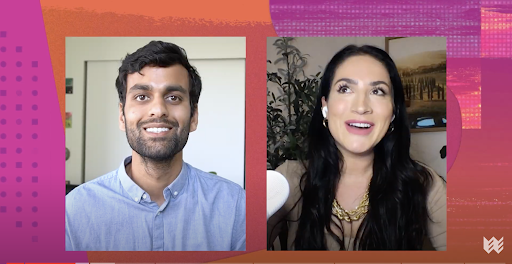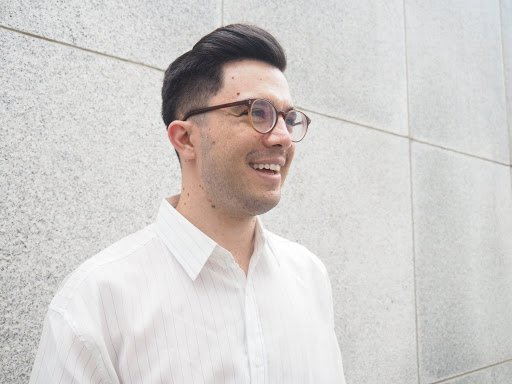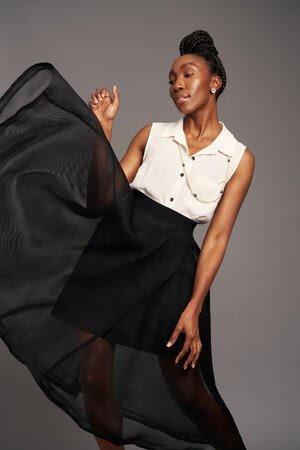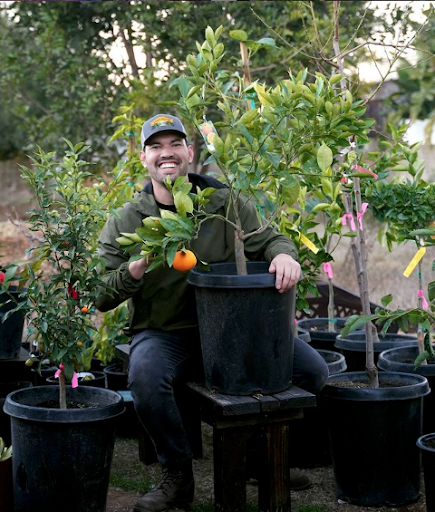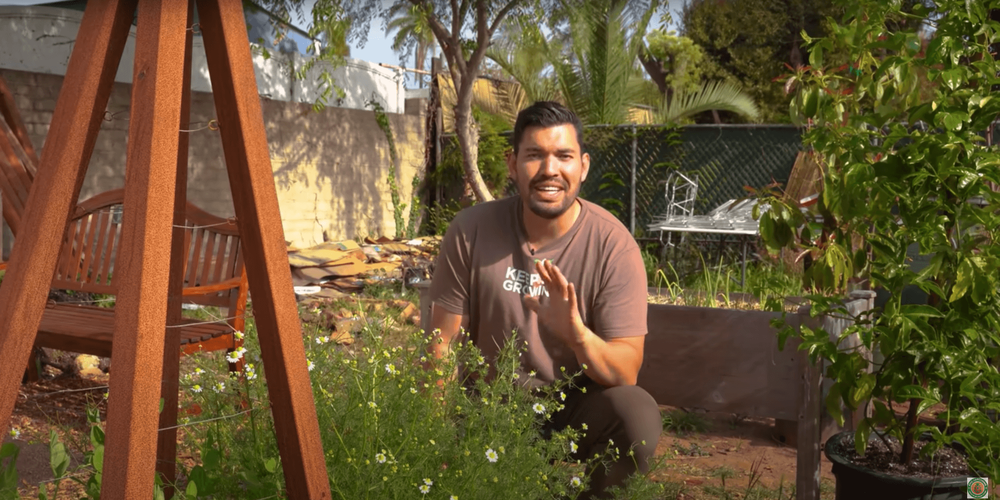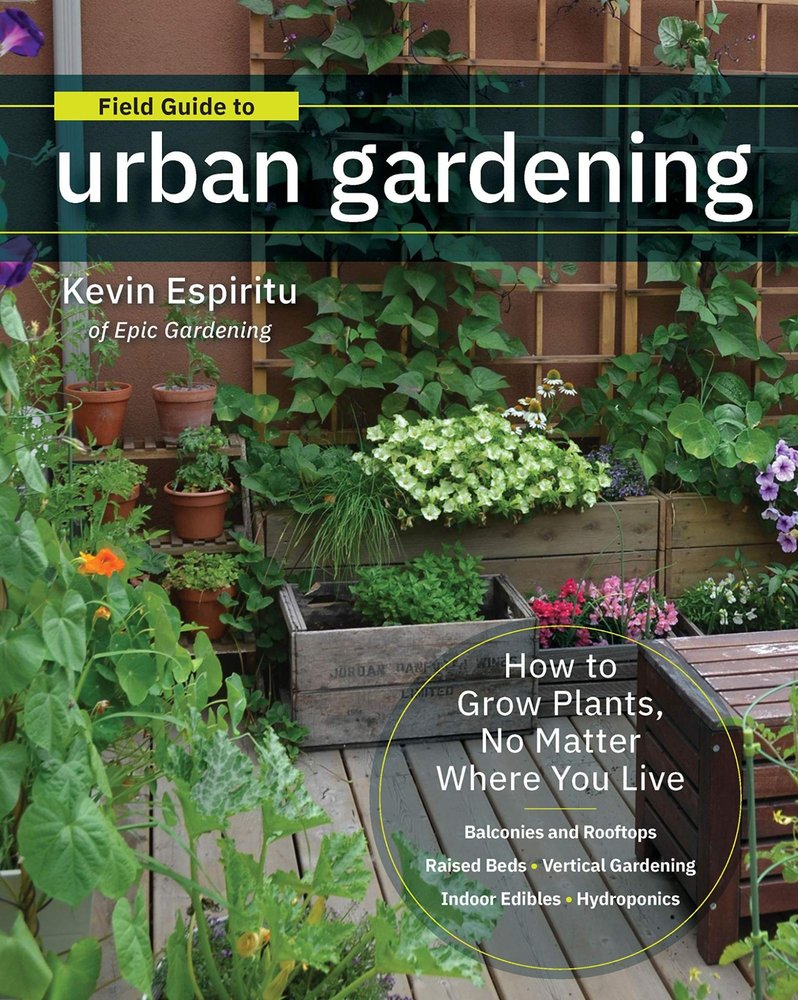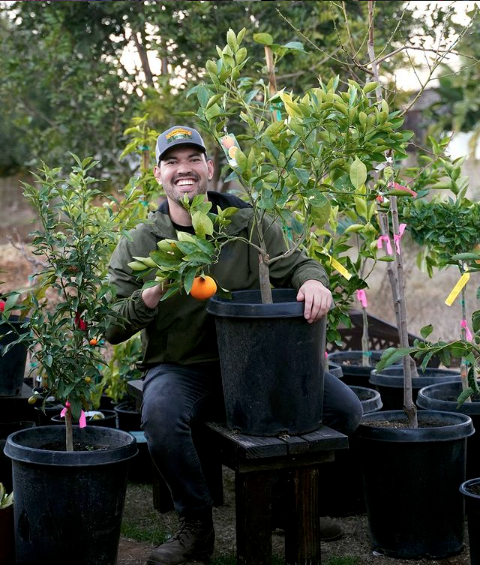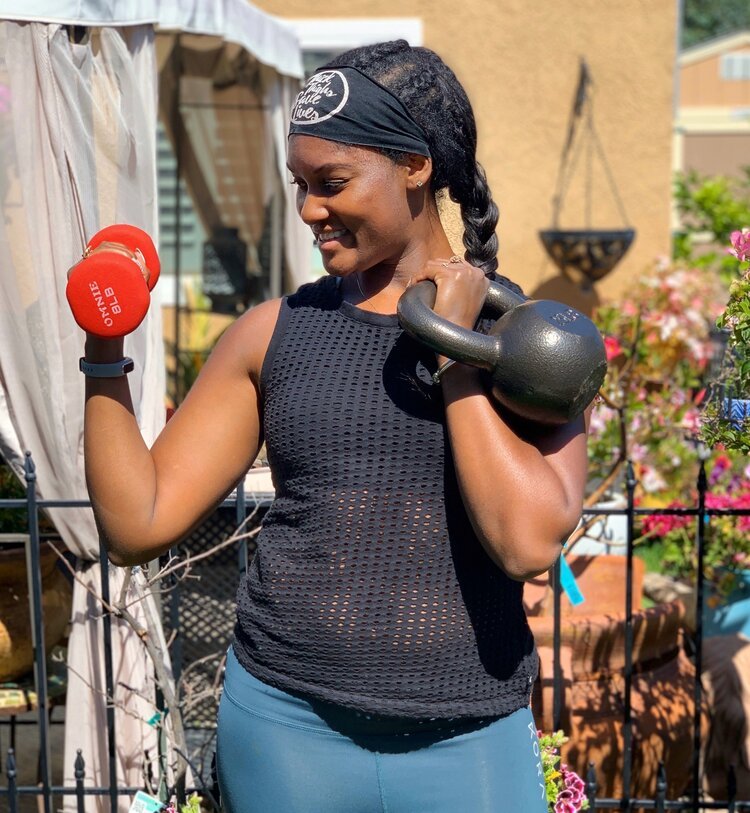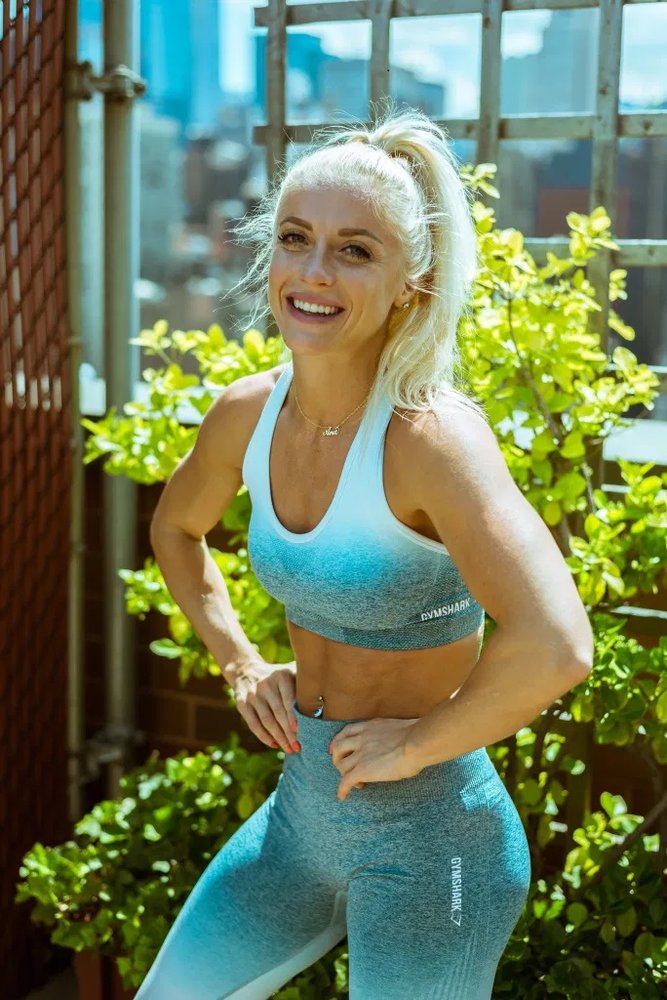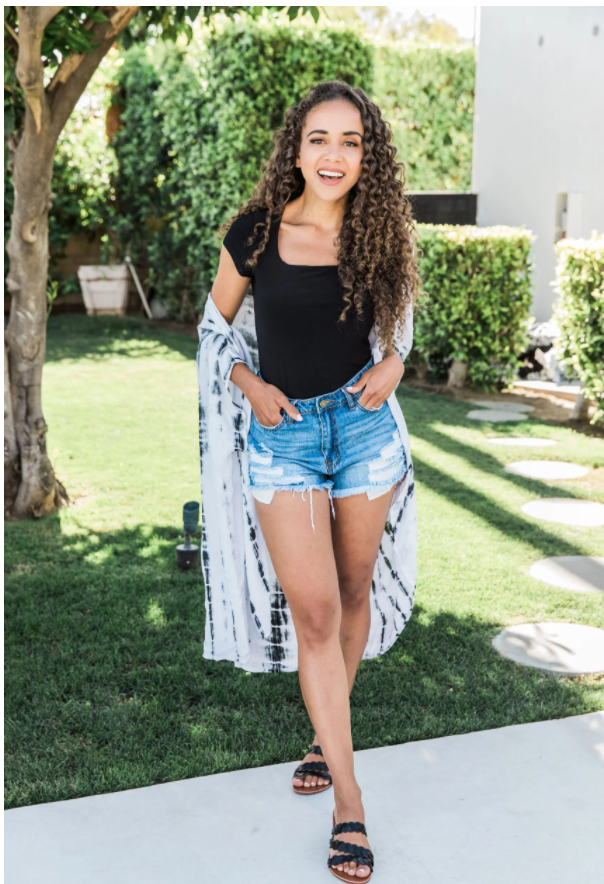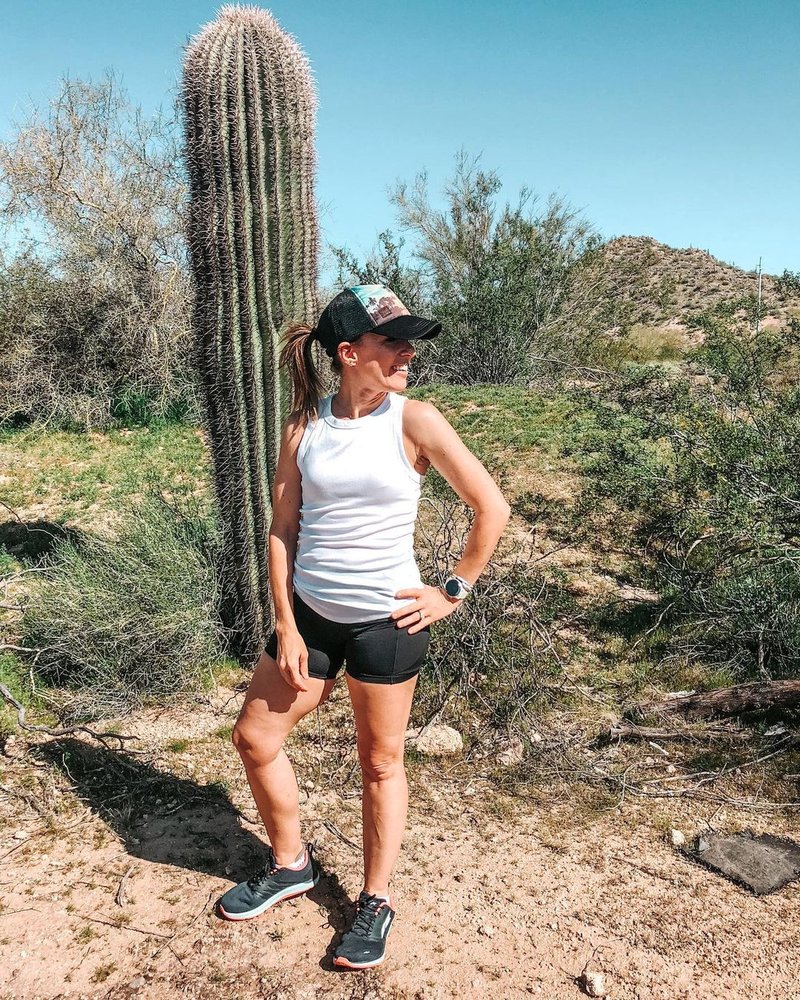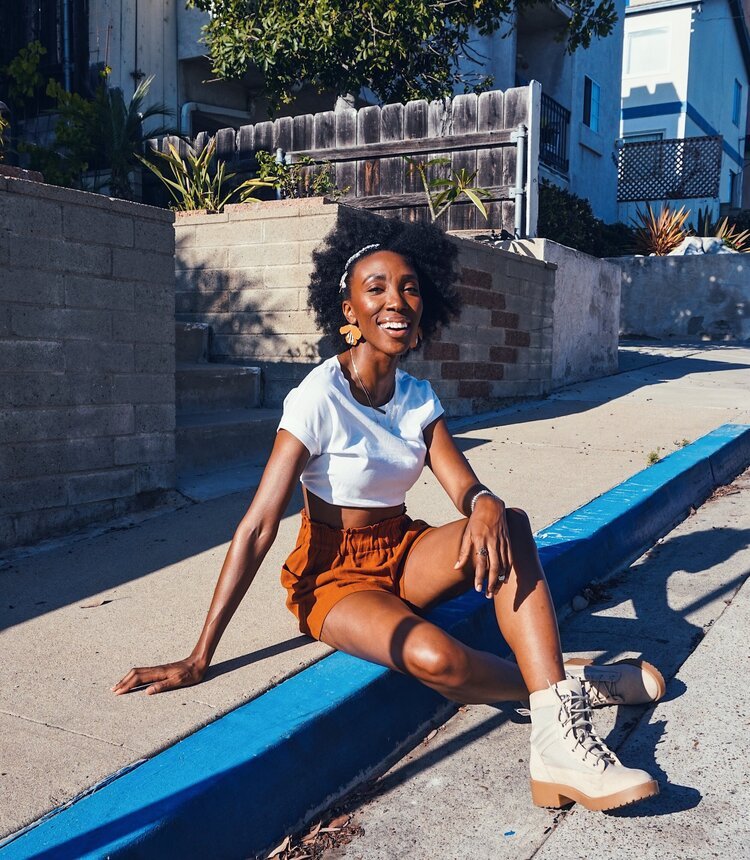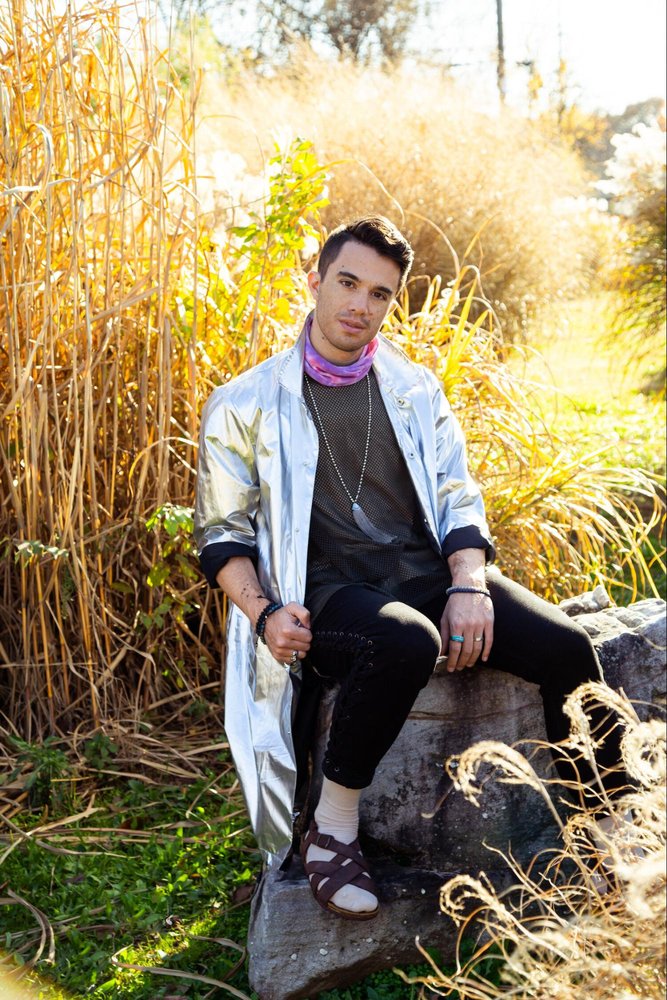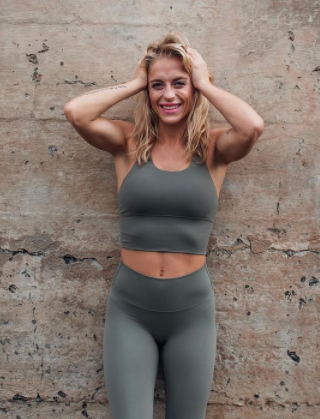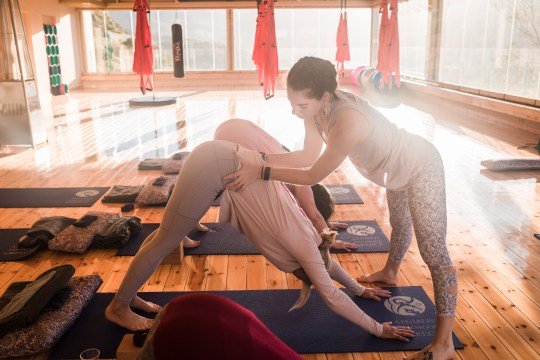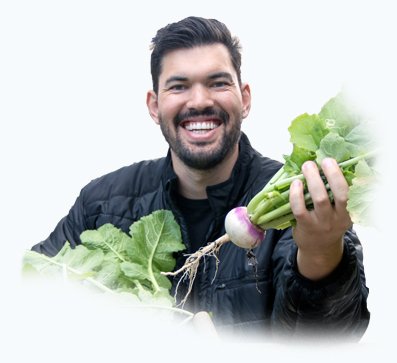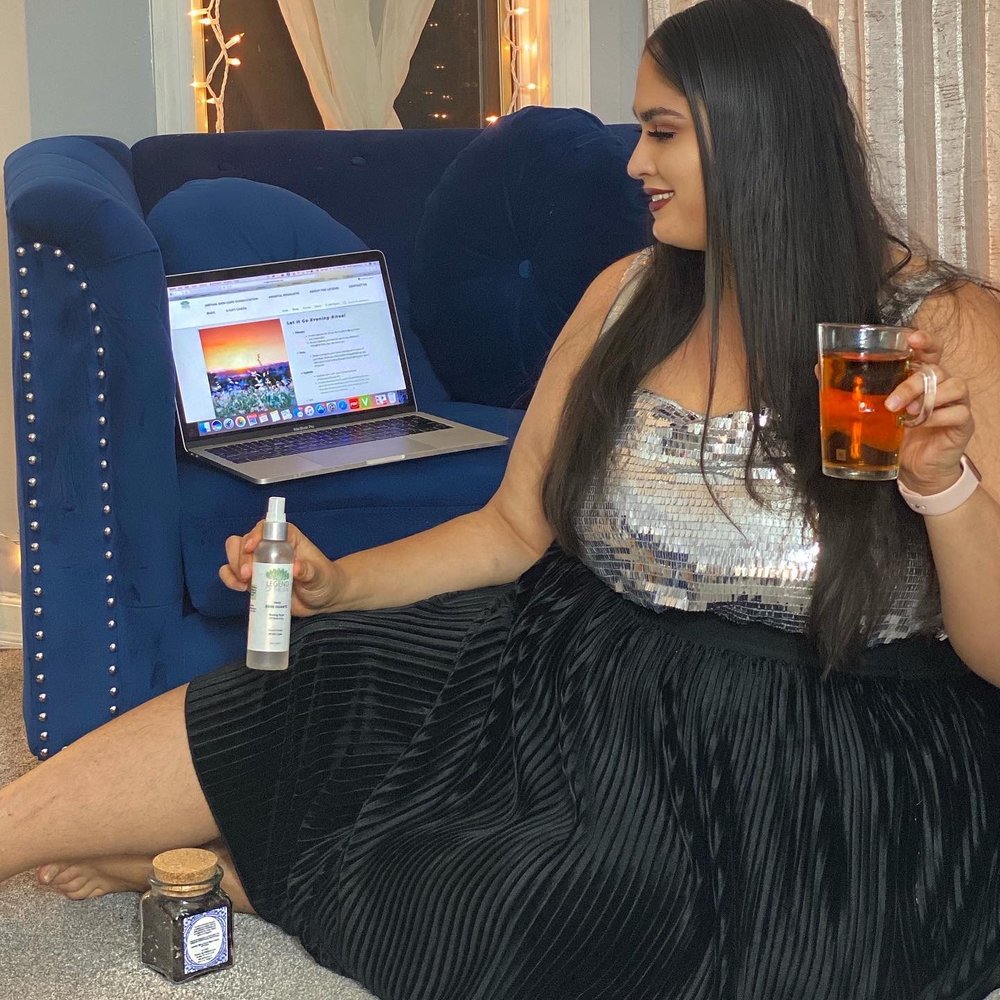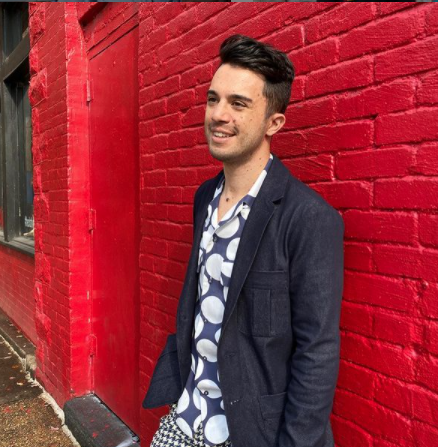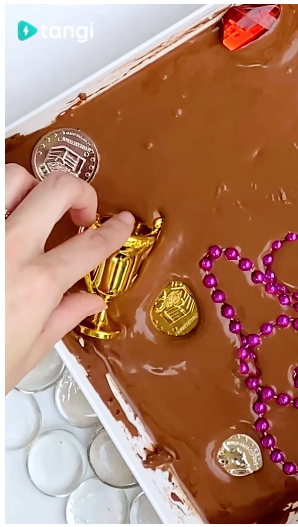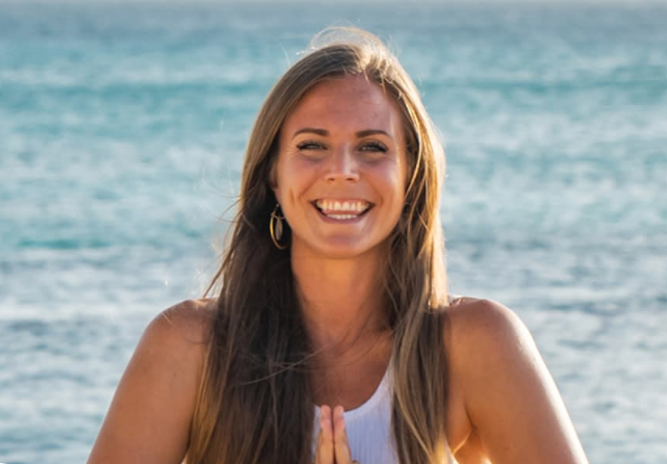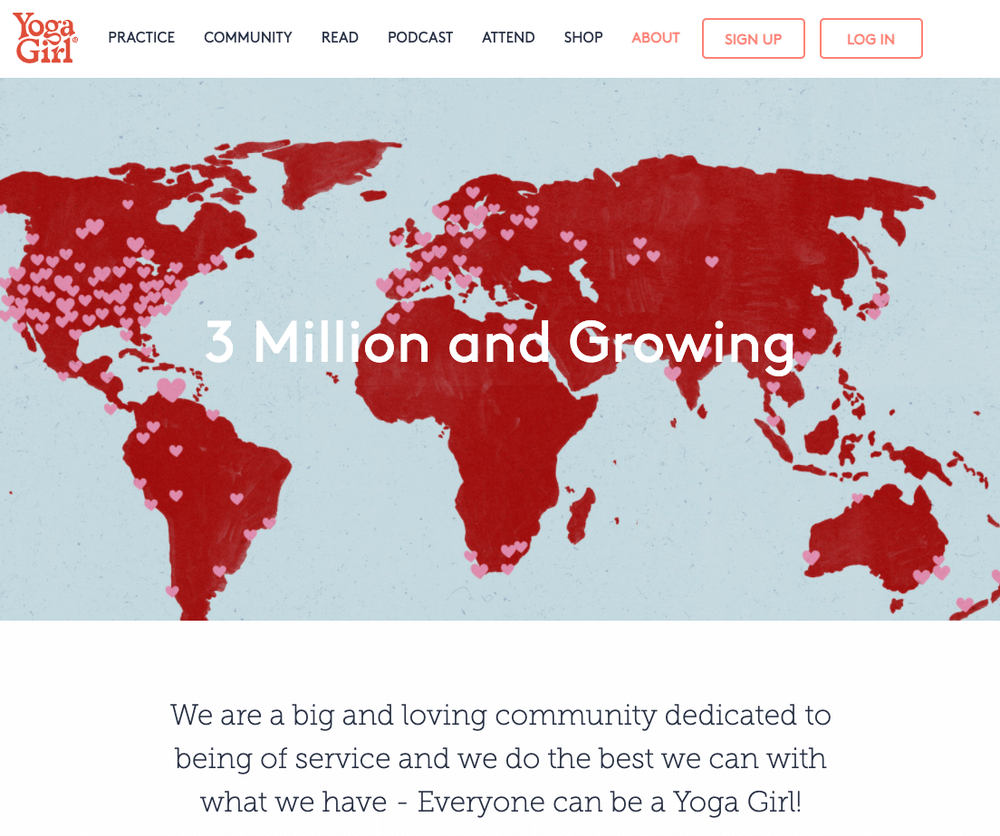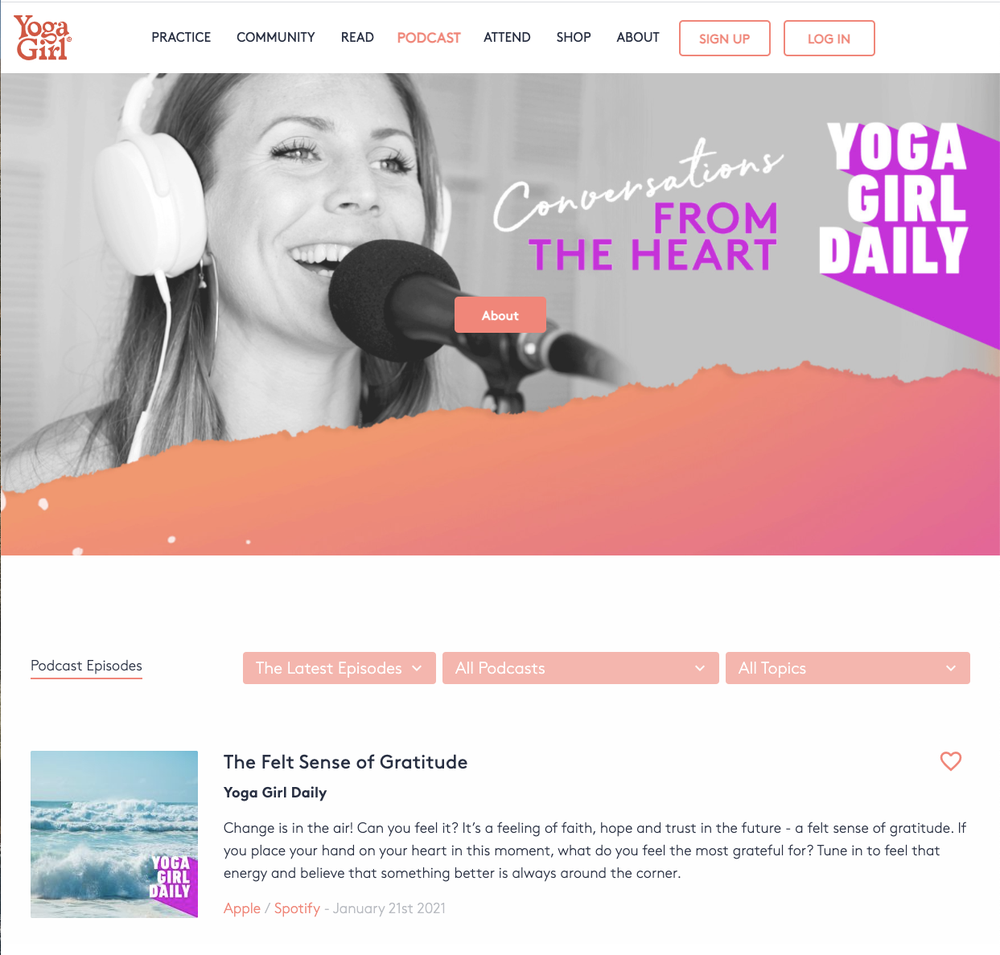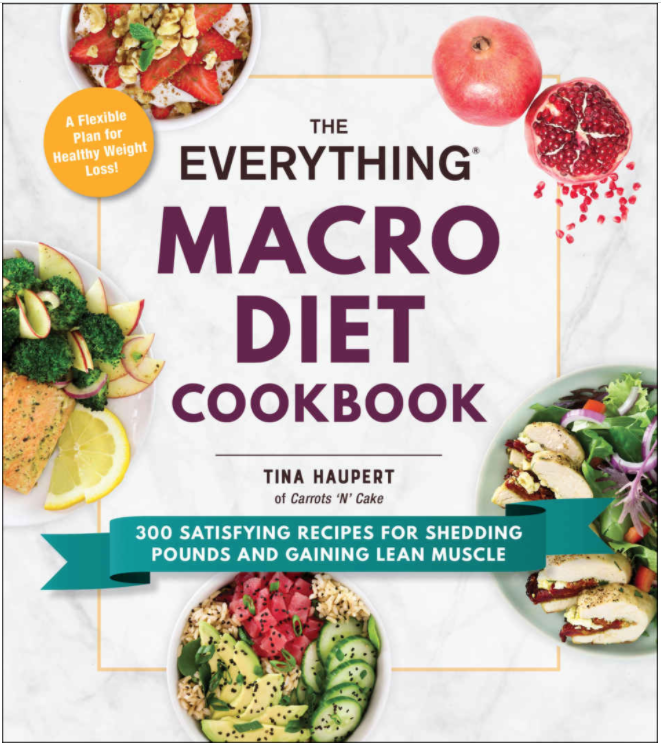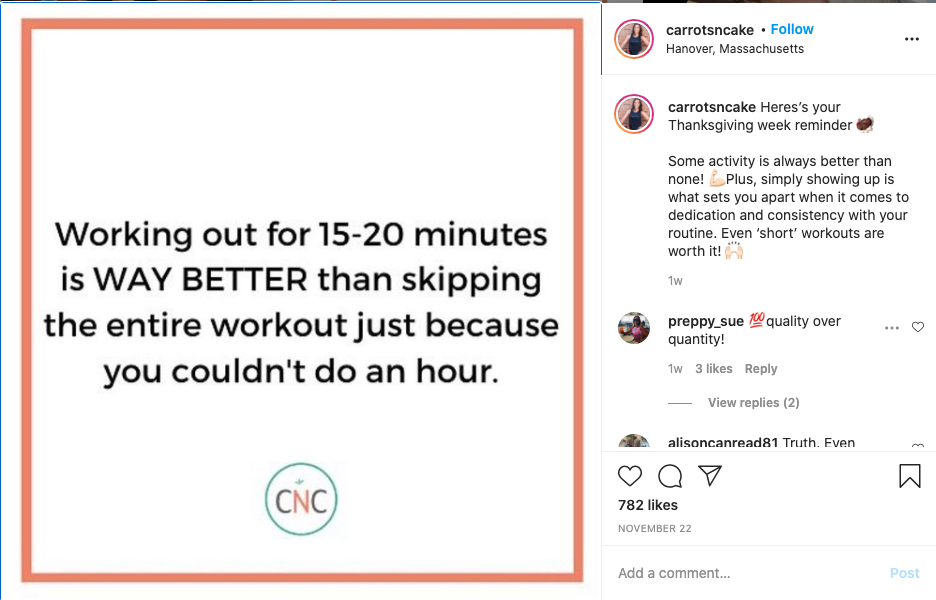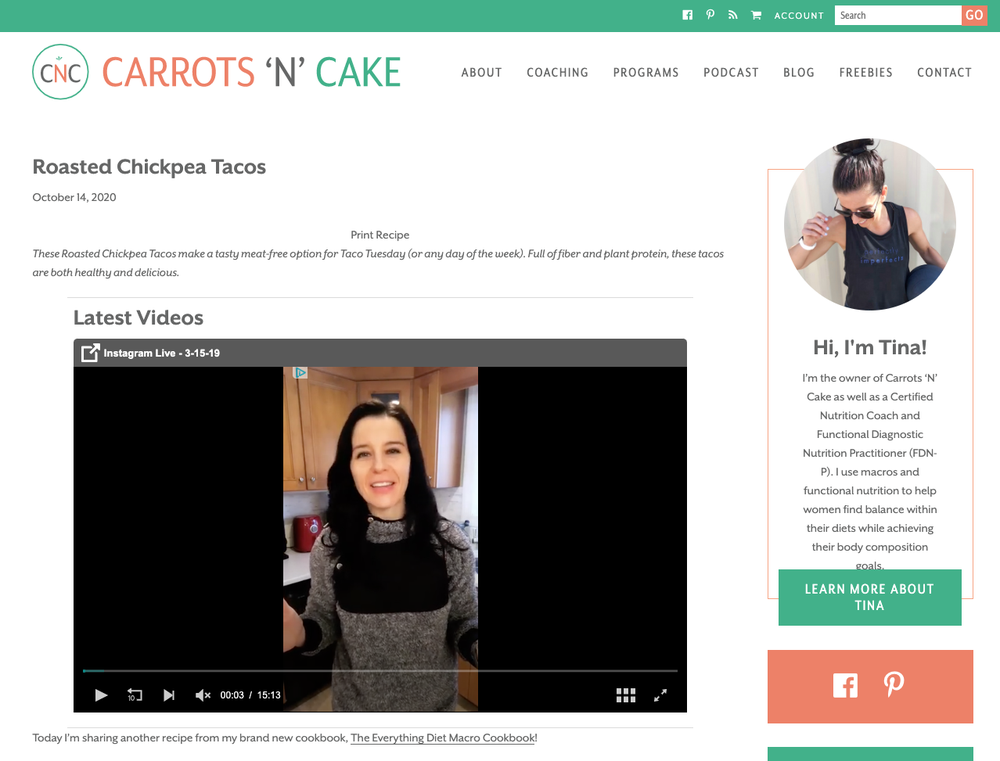Tokes Ojo-Ade is a marketing professional, wife, mother — and successful web creator. Her blog,Tokes’ Take On Style, offers fashion, styling and shopping tips for busy working women.
“As a working mom, I know we all juggle a lot,” says Tokes, who lives in the Washington, D.C. area and works full time in the financial services industry. “Given how time-strapped a lot of us are, we could all use effortless styling and shopping tips along with easy style inspiration,” she says.
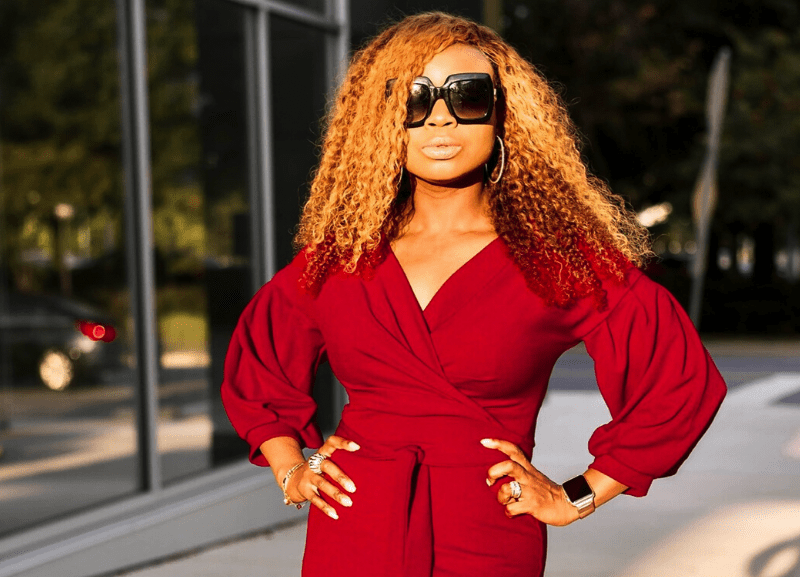
Fashion, style and beauty influencer Tokes blogs for busy, working women.
Tokes works to keep her blog’s content fresh and engaging, like adding tappableWeb Stories andYouTube videos to the mix.
She also live streams to connect with her fan base more directly. On her biweekly Instagram TV (IGTV) live stream, “Thursday Tips with Tokes,” she shares quick and easy styling tips with her audience — sometimes reaching over 21,000 views. Fans are drawn to Tokes’ warm, personal style, and her take on fashion and beauty to help women feel more confident.
Tokes spoke with us to share a few tips on how to create a successful live stream.

Through her blog, videos and live stream shows, Tokes helps women find style on a budget.
Prepare before you go live
While trial and error is part of the learning process, Tokes says preparation is key to live streaming success. “You have to figure out what the intent is, what the goal is, what you're trying to do,” Tokes says. “If I'm sharing tips, do I need props? If I'm showing and telling, what are the pieces that I want to share? How long am I going live for? How many outfits can I fit in during that time? Also, I have to anticipate questions that people may have.” She suggests making a list of everything you need for your live stream and reviewing it in advance to avoid any mid-stream glitches.
Tokes also recommends preparing based on the platform you’re using. She says while Instagram is great for quick and spontaneous live streams, her Amazon Live shows require more prep with choosing products to feature that are a good fit for her audience.
Involve your audience and other influencers
Tokes kicks off every live stream with some audience banter, welcoming her viewers by name. Engaging with the audience as soon as she goes live helps them feel like they’re part of the show. “I always ask where people are joining from because you're bringing them along,” Tokes shares. “It doesn't feel as much like you're talking to a screen because there's that engagement and interaction going on.”
Tokes also features other influencers on her shows as a way to expand her content and build community between their audiences. “I did [a live stream] recently with two plus-sized influencers, and we talked about styling tips for plus-sized women.”
While popular influencer live stream shows have a casual, laid-back feel, successful creators like Tokes put in plenty of prep time. That foundation makes it easier for creators to relax and have fun with their audiences, knowing they’ve mapped everything out in advance.
Want to hear more from Tokes? Watch our full interview on the Google for Creators YouTube channel and check out her Web Story.
